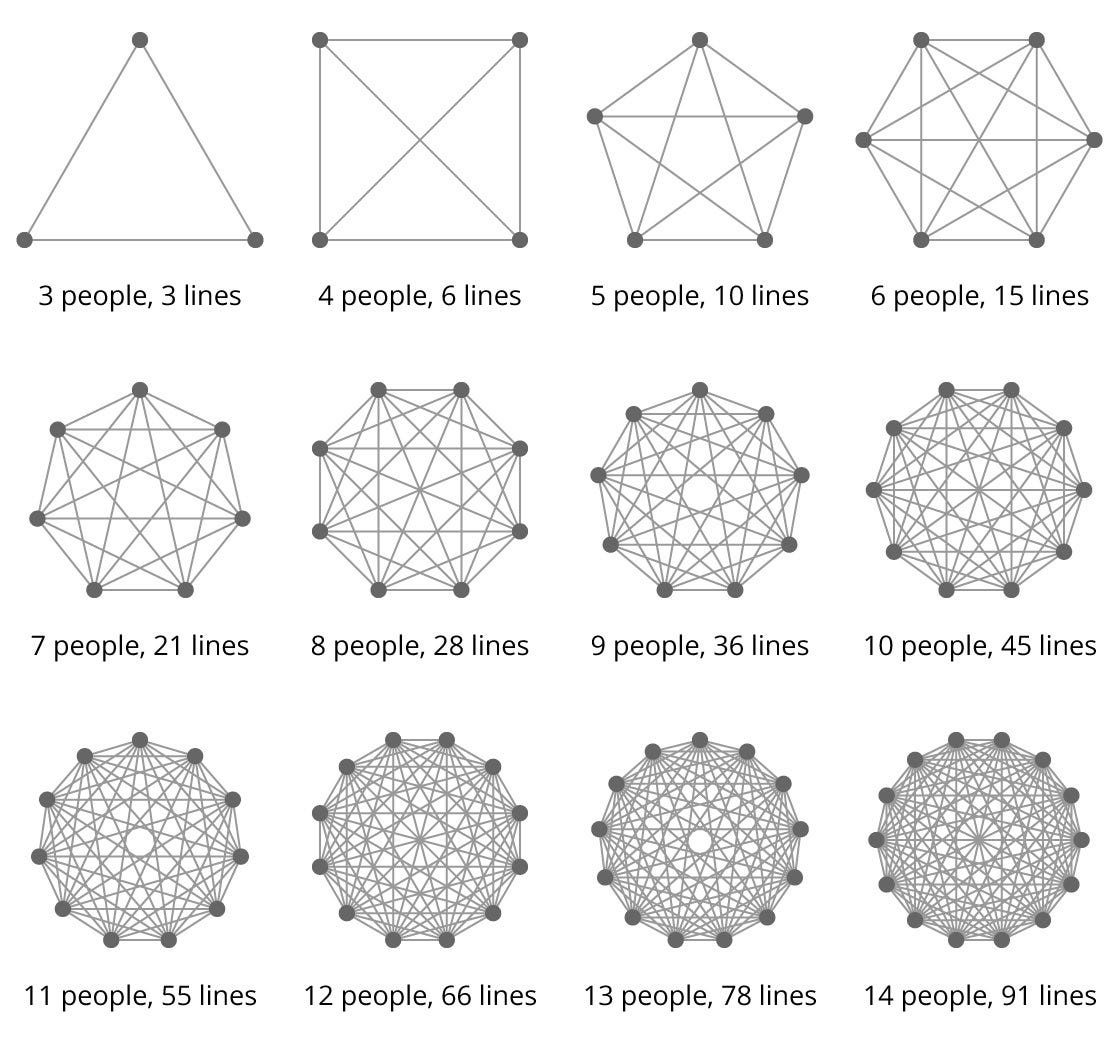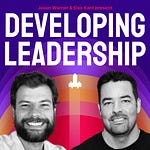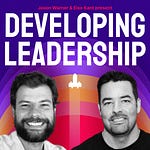Jason and Eiso wrap up their three-part series on Engineering Leadership roles by taking a deep dive into engineering managers and tech leads.
Learn how to hire your first engineering manager, whether to hire your engineering leaders from inside the company, and how the roles of tech leads change as your company grows. We also covered some communication techniques and how to design your teams as the company scales and communication lines increase.
Here are a few of our favorite moments from the conversation
This gladly doesn't happen in most companies anymore today, but I think we should just call it out once and for all, non-engineers being managers of engineering teams, there really isn't ever a case where that makes sense.
Answer the question: "What are you optimizing for?". We need to speed up. We need to execute better. We need to have better context and allow people to be more autonomous. We need to scale quickly because of what we're going to do. Understand what you're optimizing for, but orient everyone around a mission. The mission could be for the entire company or the local team. That team should grow past whatever you perceive to be your maximum sustainable point for it. And then, you can have a conversation about changing the structure in terms of splitting it, adding another manager, or adding two teams to one manager.
To go from, "I have an aptitude towards becoming an engineering manager," to "I'm going to be a great people manager," I often feel that 80 or 90% of it is about teaching people how to have conversations that they're not comfortable having naturally. And this is a very basic thing. And I've had great discussions with people who I have mentored or coached. And even myself, if I go back to myself as a first-time leader or manager, I stressed over conversations that I probably didn't handle great, that today feel like a run-of-the-mill.
Sports have the notion of this, by the way. You're young, and you're talented. You're in the minor leagues for a little while. Then you can graduate and go to the pros for a couple of weeks or a month. Maybe you don't do that well, so you go back down and spend more time there. Then you come back up. We have no notion of that in startups. You're in the big leagues already just by being in a startup and managing people. And we don't even give them the skillset. We throw them at the back or send them right out on the floor or the pitch. We just say, "go nuts." That's, I think, a failure on the industry's part, but it's just the way the industry is.
When you're hiring externally for any management position, it is essential that you involve some of the team in that. It's also important to understand that when you bring somebody in, automatically, you're distancing yourself from some of the day-to-day work. So you have to understand how you will interact with that person and how that person will change aspects of the organization, whether it be culture, style, or execution. Obviously, you're hiring someone for that reason, but too often, I see someone coming in and say, "Hey, we hired this person, but they're changing the way that we execute," well, that was part of their job. Have you had the conversation about whether that was part of your expectation or not?
💡 Topic Explainers
🛠 Amateurs, pro-ams, rookies and pros
When hiring and putting together a team, it can be helpful to classify the level of expertise of your engineers and potential engineering leaders. Jason likes to divide them into amateurs, pro-ams, pros, and rookies and discusses the ideal ratio of team members at each skill level and at different company sizes.
Here's what Jason said on the podcast (at 05:53):
If you're a 10 person startup and you're filled up with pro-ams, you're in trouble, because you have no one to actually teach the nuances or to help people understand that. And if you're 10 person startup and you have all pros, you're likely also in trouble because you're too far outside the bounds of balance where somebody, somewhere is going to say "that job is not for me." By the way, that's a bad culture fit in almost all startups as well, but it happens, it happens more often than we'll want to admit, too.
I suggest a balance. I think that you're going to want to end up with the majority of pros, let's say out of 10, you're going to have five, or four of those. And then at the minimum three. Then you could fill two, three, think of it as a bell curve. 10 people, three pros, three amateurs, the rest pro-ams, and they kind of have a good ratio in the middle there.
🛠 Lines of Communication Chart
We mention Lines of Communication in this episode when talking about team structuring. It's important to understand that each team member and manager you add creates new lines of communication, so it's vital to be mindful as you build, not only your engineering teams but your whole organization.
Dave Nicolette @ Leading Agile explains this in a great way when talking about communication in agile engineering teams:
Effective communication is key to any project. When collaborative methods are used, like the methods guided by Agile principles, the level of communication among workers is higher than with traditional methods. If you want to dive even deeper into this topic, check out Dave's article
Here's a visual representation of this, taken from Dave's blog post:
Mind-blowing stuff, right?
🛠 Self-Actuated Individuals
These are people who are driven on their own. They don't wait to be told what to go do, they go and figure out what to go do, they're not afraid to have tough conversations, and they're really proactive. I call them self-actuated individuals.
Jason talks about this when discussing the traits to look for in an Engineering Manager or Tech Lead. We often look for the most technical person in the team to be the captain of the ship, but a good leader must be autonomous and a people-person as well.
Developing Leadership is powered by Athenian. We are introducing a winning approach to engineering metrics that can help you empower your teams to autonomously improve. If you want to learn more, go to athenian.com















Share this post